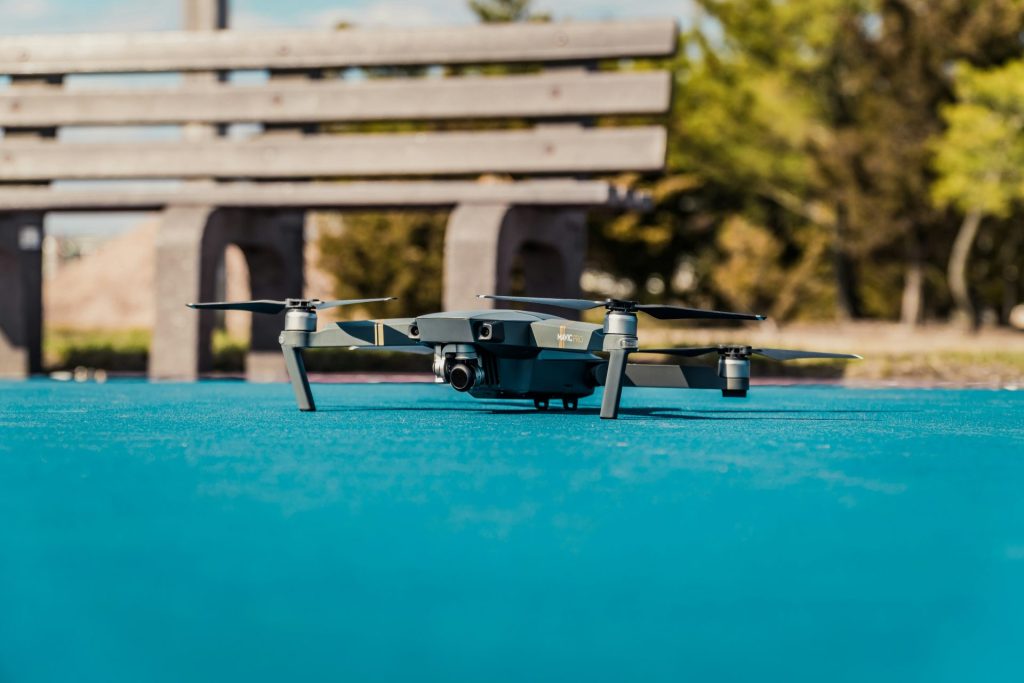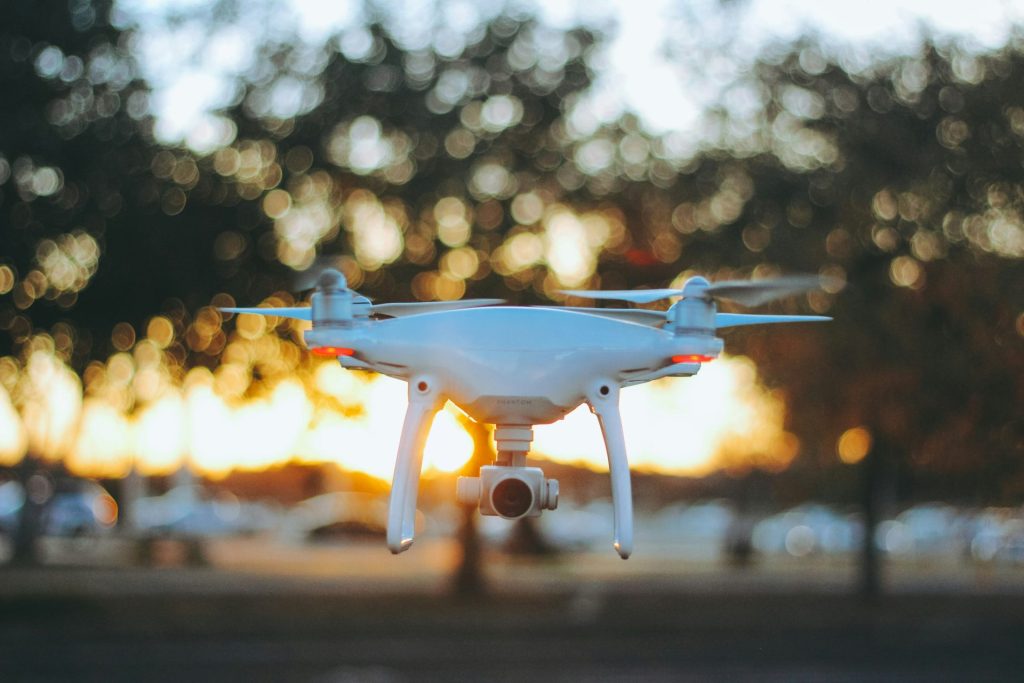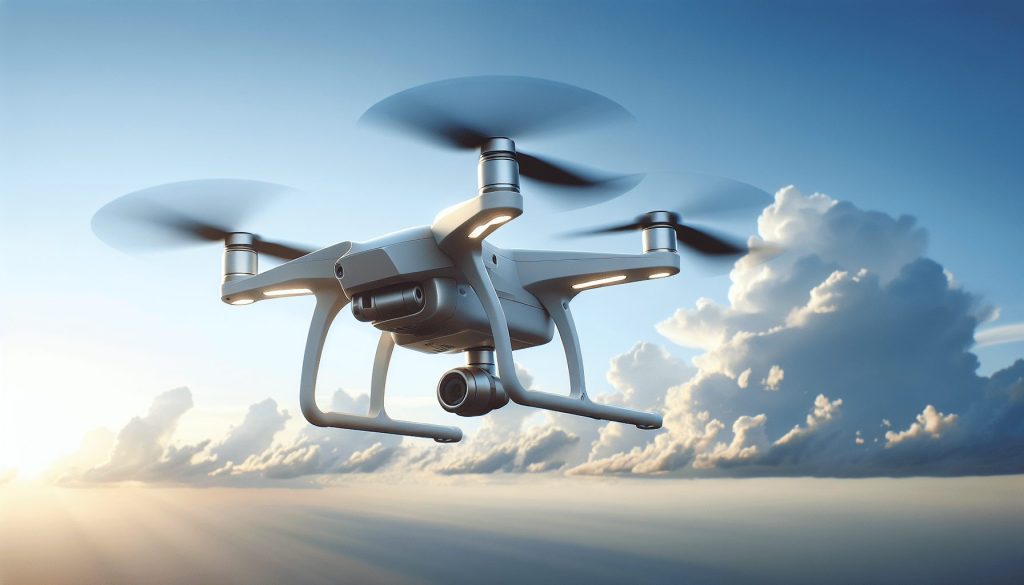Physical Address
304 North Cardinal St.
Dorchester Center, MA 02124
Physical Address
304 North Cardinal St.
Dorchester Center, MA 02124


This post may contain affiliate links. As an Amazon Associate, we may earn commissions from qualifying purchases.
Have you ever wondered about the different categories of aerial drones? Whether they’re buzzing above a picturesque landscape or performing complex military operations, drones have become an integral part of our world. From commercial enterprises to recreational hobbies and military applications, drones come in various forms and serve numerous purposes. This article will help you understand the key categories of aerial drones, breaking them down into commercial, recreational, and military uses. Let’s embark on this journey to demystify the world of drones.

Commercial drones are perhaps the most versatile category, utilized across numerous industries. These drones are typically more advanced than their recreational counterparts and are designed to execute a range of tasks that benefit businesses and organizations.
Ever watched a breathtaking aerial shot in a movie or a music video and wondered how it was captured? That’s where drones come in.
Film and photography professionals use drones to capture stunning aerial views that were once only possible with helicopters. These drones are equipped with high-resolution cameras that can shoot in 4K and sometimes even 8K, providing crystal-clear footage and images.
Farmers are increasingly relying on drones to improve their crop yields. Agricultural drones can map out large fields, monitor crop health, and even perform precise applications of fertilizers and pesticides. These drones help farmers save time and resources while ensuring better crop management.
Functions of Agricultural Drones:
| Function | Details |
|---|---|
| Crop Monitoring | Utilizing sensors to assess crop health and growth rates |
| Crop Spraying | Applying fertilizers and pesticides with precision |
| Soil Analysis | Providing detailed soil data for better planting decisions |
With the rise of e-commerce, delivery services are exploring the potential of drones to revolutionize last-mile delivery. Companies like Amazon and Google have been testing drone delivery services to ensure faster and more efficient deliveries. These drones can carry small packages and navigate their way to your doorstep, reducing delivery times significantly.
Commercial drones are also used in surveillance and security. They can monitor large areas such as construction sites, industrial zones, and public events, providing real-time video feeds to enhance security measures. Drones can be more agile and efficient compared to traditional surveillance methods.
Inspecting large infrastructures like bridges, wind turbines, and power lines can be challenging and risky. Commercial drones equipped with high-definition cameras and sensors can inspect these structures, identifying potential issues without putting human lives at risk.
Uses in Infrastructure Inspection:
| Aspect of Use | Details |
|---|---|
| Structural Health | Checking for cracks, rust, and other signs of wear |
| Electrical Systems | Inspecting power lines and transformers |
| Wind Turbines | Assessing blade conditions and turbine integrity |
For many, drones are simply a source of entertainment and hobby. Recreational drones, often smaller and less powerful than their commercial and military counterparts, provide hobbyists with a fun and exciting way to explore the skies.
Amateur photographers and videographers love using drones to capture stunning aerial shots. These drones are generally easier to operate, making them perfect for capturing family gatherings, vacations, and local events from a unique perspective.
Drone racing has become a popular sport, where enthusiasts modify their drones to achieve incredible speeds and perform complex maneuvers. Racing leagues and events are held around the world, drawing in large audiences and fostering a competitive yet community-oriented environment.
Key Components of Racing Drones:
| Component | Function |
|---|---|
| Frame | Provides structural integrity and houses components |
| Motor | Powers the propellers to generate thrust |
| Flight Controller | The brain of the drone, controlling its functions |
| FPV System | First-Person View system for real-time video feed |
Recreational drones are increasingly being used in educational settings. Schools and universities integrate drone technology into their curriculums, teaching students the basics of aerodynamics, programming, and engineering. These educational drones are often simple to use but offer valuable hands-on learning experiences.
Many drone enthusiasts simply enjoy exploring their surroundings and having fun with their flying gadgets. Whether it’s navigating through forests, beaches, or urban landscapes, recreational drones offer endless possibilities for adventure and exploration.

Military drones, also known as Unmanned Aerial Vehicles (UAVs), represent some of the most advanced and specialized drone technology. These drones are designed for various tactical and strategic applications, often operating in challenging and hostile environments.
One of the primary uses of military drones is reconnaissance and surveillance. These drones can fly for extended periods, gathering crucial intelligence in real-time. Equipped with sophisticated cameras and sensors, they provide military forces with valuable information about enemy movements, infrastructure, and activities.
Features of Reconnaissance Drones:
| Feature | Details |
|---|---|
| Long-Endurance | Capable of flying for hours or days without refueling |
| Advanced Cameras | High-resolution and infrared cameras for detailed imagery |
| Stealth Technology | Designed to avoid radar detection |
Combat drones are deployed for strike missions, capable of delivering precise and lethal force. These drones can be armed with various weapons, including missiles and bombs, allowing military forces to engage targets without putting human lives at risk.
In addition to combat roles, military drones are used in search and rescue operations. They can quickly locate survivors in disaster zones, providing real-time data to rescue teams. This capability is invaluable in rapidly changing and hazardous environments.
Some military drones are equipped for electronic warfare, capable of jamming enemy communications and radar systems. By disrupting the enemy’s electronic capabilities, these drones can play a pivotal role in modern warfare.

Understanding the different categories of aerial drones reveals the impressive versatility and potential of these flying machines. From enhancing business operations to providing thrilling recreational experiences and executing critical military missions, drones have revolutionized many aspects of our world. Whatever your interest in drones, it’s clear that they offer remarkable capabilities and opportunities in a wide range of fields.
Which category of drones do you find most intriguing?
